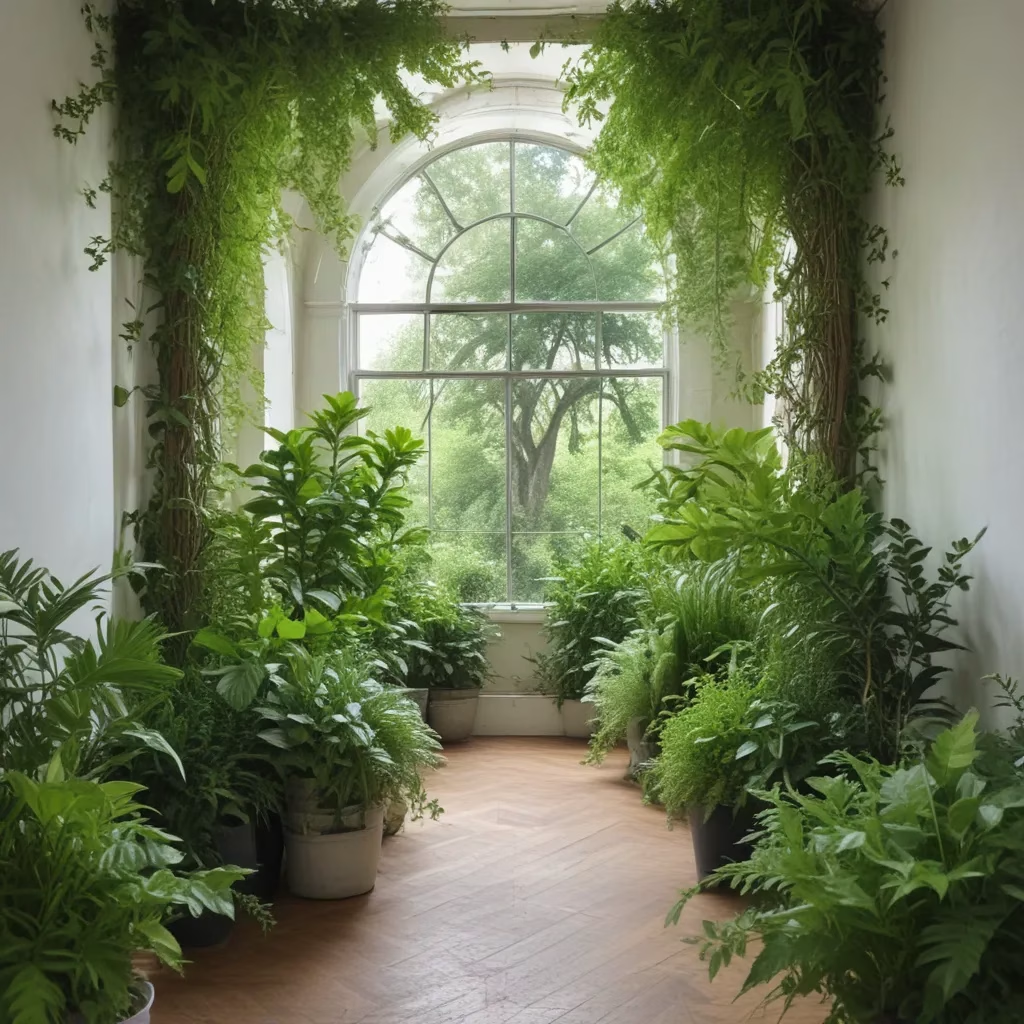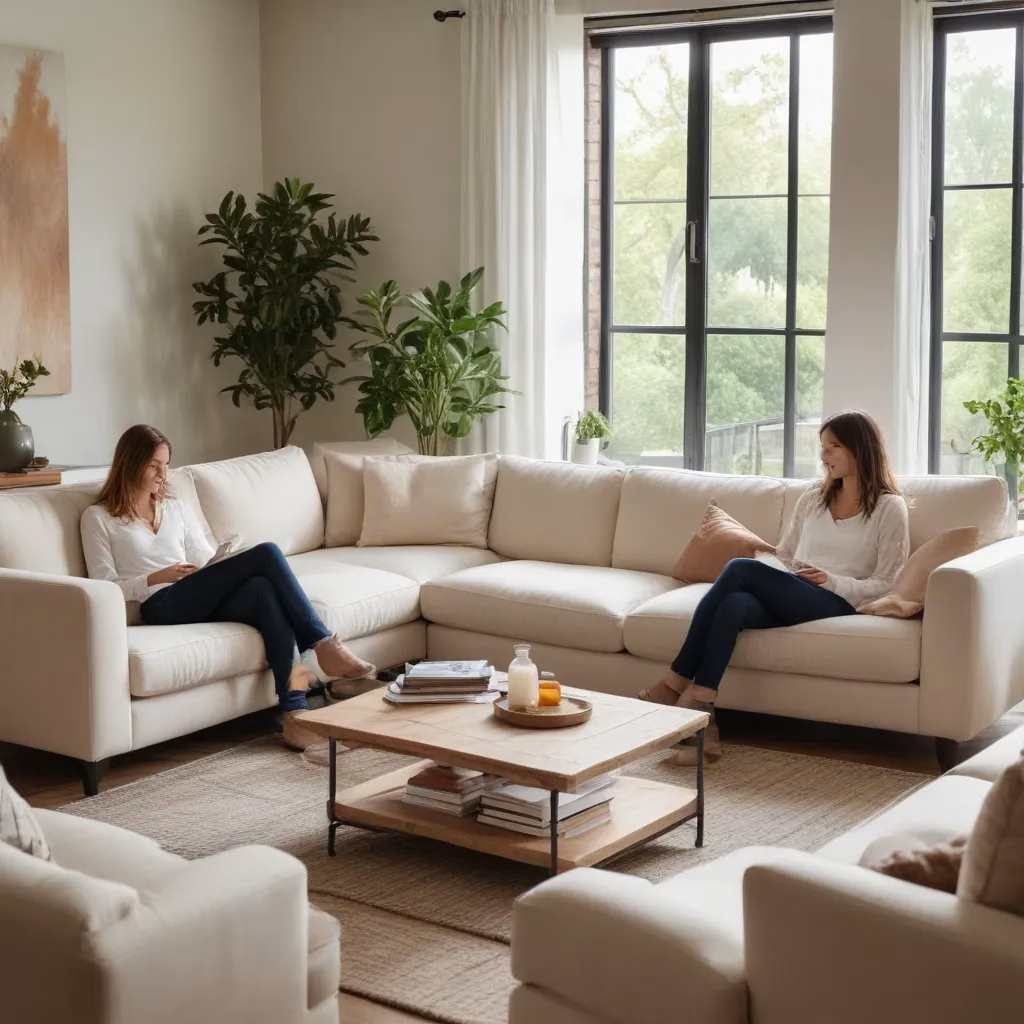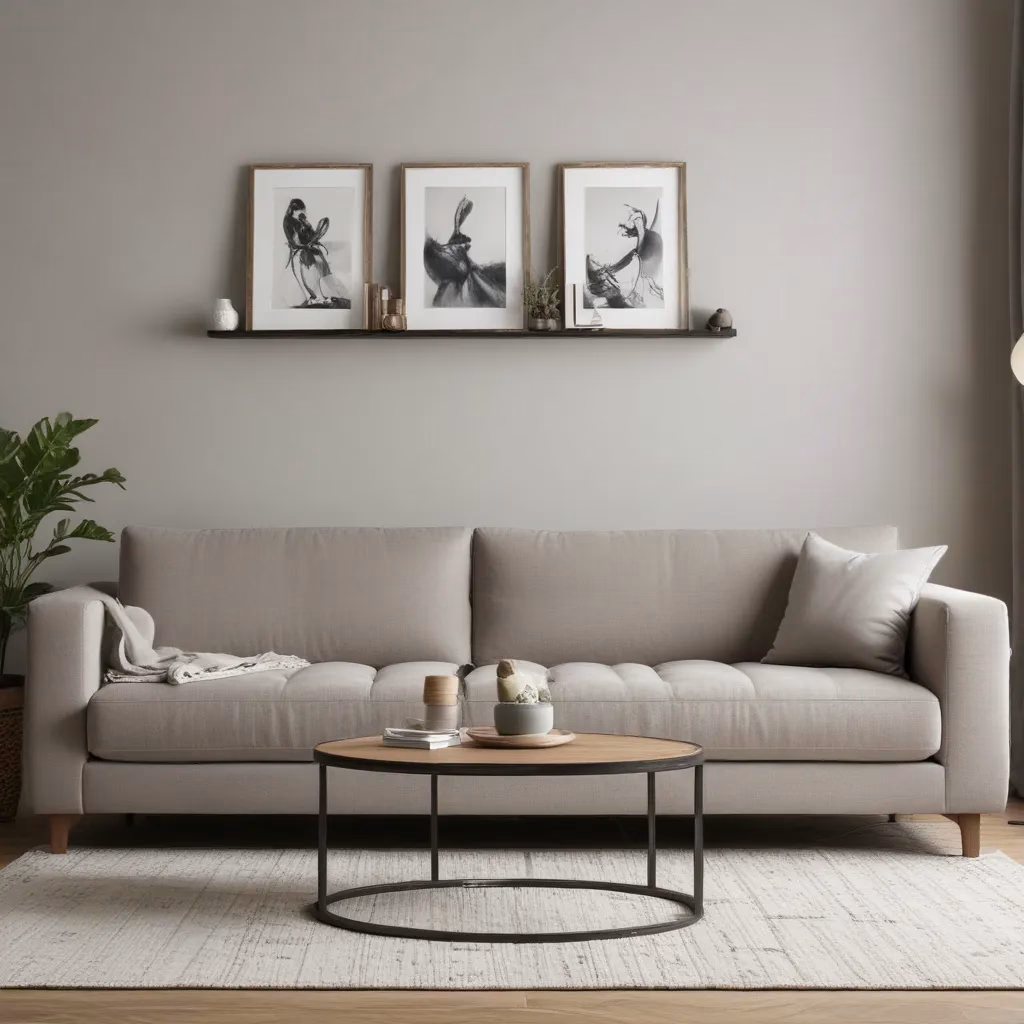
Biophilic Design: The Trend Towards Nature-Inspired Interiors
Biophilic design is the new frontier in home decor, where the innate human connection to the natural world is celebrated and amplified within our living spaces. This emerging design philosophy champions the integration of greenery, natural materials, and organic forms to create harmonious, rejuvenating environments. As homeowners increasingly seek to bridge the divide between indoors and outdoors, the influence of biophilic principles is permeating every aspect of interior design – from furniture selections to plant-centric styling.
The Rise of Greenery in Home Decor
The global pandemic has accelerated the demand for nature-inspired interiors, as people seek to reconnect with the restorative power of the natural world. Houseplants have become the darlings of modern home decor, with a diverse array of species adorning living rooms, bedrooms, and even compact urban spaces. From the sturdy, air-purifying snake plant to the trailing, mood-enhancing pothos, greenery has emerged as the must-have accessory for the style-conscious homeowner.
Incorporating Plants into Living Spaces
Thoughtful plant placement is key to successfully incorporating greenery into your home. Rather than treating plants as mere decorative accents, designers are exploring innovative ways to make them an integral part of the interior architecture. Hanging planters, living walls, and multifunctional furniture pieces with built-in greenery allow homeowners to seamlessly blend the indoors and outdoors. The result is a visually captivating and profoundly restorative living environment.
Blending Indoors and Outdoors
The boundaries between interior and exterior spaces are becoming increasingly blurred, as homeowners seek to create a harmonious flow between the two realms. Expansive windows, sliding glass doors, and seamless transitions from indoor to outdoor living areas facilitate a deeper connection with nature. By strategically positioning plants near these portals, you can cultivate a sense of visual continuity, drawing the eye outward and fostering a sense of tranquility within the home.
Innovative Furniture Design for Nature-Centric Homes
As the demand for biophilic design grows, furniture manufacturers are responding with pieces that prioritize sustainable materials and organic forms. These nature-inspired furnishings not only beautify the space but also serve as a bridge between the built and natural environments.
Sustainable Material Choices
Increasingly, homeowners are seeking out furniture crafted from renewable, ethically-sourced materials that minimize environmental impact. Natural fibers like rattan, bamboo, and jute have emerged as popular upholstery and accent choices, complementing the organic aesthetics of biophilic design. Solid wood frames and tables with live-edge details further echo the beauty of the natural world, while low-VOC finishes ensure a healthier indoor environment.
Multifunctional Pieces
The rise of multifunctional furniture has empowered homeowners to maximize their living spaces while embracing biophilic principles. Modular sofas with built-in planters, coffee tables with integrated terrariums, and ottomans doubling as storage for gardening supplies are just a few examples of the innovative designs catering to nature-centric lifestyles. These versatile pieces allow you to seamlessly incorporate greenery into your home without sacrificing functionality.
Seamless Integration of Nature
Furniture with organic shapes and natural motifs can help bridge the gap between indoor and outdoor living. Curved silhouettes, sculptural bases, and abstract botanical patterns evoke a sense of fluidity, ensuring a harmonious visual flow throughout the space. By selecting pieces that harmonize with the surrounding greenery, you can create a cohesive, immersive experience that celebrates the beauty of the natural world.
Living Room Styling with Greenery
The living room is the heart of the home, making it the perfect canvas for biophilic design. By thoughtfully incorporating plants and nature-inspired elements, you can transform this space into a serene oasis that nourishes the senses and soothes the soul.
Complementary Color Palettes
When styling a living room with greenery, consider hues that complement the lush foliage. Earthy tones like terracotta, sage, and mustard yellow can create a harmonious color scheme that amplifies the natural ambiance. Conversely, pops of vibrant greens, blues, and purples can add a striking contrast, making the vegetation the focal point of the room.
Textures and Patterns
Layering diverse textures and patterns is essential for crafting a visually interesting, nature-inspired living room. Pair your lush greenery with raw, unfinished materials like woven baskets, jute rugs, and wooden side tables. Incorporate plush, organic fabrics like linen and velvet to balance the crispness of the foliage. Geometric patterns, botanical motifs, and abstract art can also help bridge the connection between the indoors and the great outdoors.
Balancing Natural and Modern Elements
While embracing the beauty of nature, it’s important to maintain a sense of balance and modernity in your living room design. Sleek, minimalist furniture can provide a clean counterpoint to the voluptuous forms of plants, creating a harmonious interplay of styles. Strategically placed lighting fixtures, metallic accents, and sculptural decor can also lend a contemporary edge, ensuring your nature-inspired space feels fresh and current.
Caring for Indoor Plants
Integrating greenery into your living room is only the first step; ensuring the long-term health and vitality of your indoor plants is equally essential. Developing a thoughtful care routine will not only keep your vegetation thriving but also foster a deeper connection with the natural world.
Watering and Feeding Schedules
Different plant species have varying water and nutrient requirements, so it’s crucial to research the specific needs of your indoor greenery. Establish a watering schedule that accounts for factors like light exposure, temperature, and soil type. Supplement with a balanced, plant-safe fertilizer to provide essential minerals and promote lush growth.
Optimal Lighting Conditions
Adequate sunlight is a critical component of successful indoor plant cultivation. Position your greenery near windows that receive the appropriate level of direct or indirect light, based on the plant’s unique needs. For low-light areas, consider investing in grow lights to ensure your vegetation receives the necessary illumination.
Pest and Disease Management
Vigilance is key when it comes to monitoring your indoor plants for pests and diseases. Regularly inspect your greenery for signs of infestations or pathogenic issues, and take swift action with eco-friendly, plant-safe pest control and disease treatment methods. Maintaining a clean, well-ventilated environment can also help prevent the spread of common plant ailments.
Sofa Trends and Greenery
As the biophilic design movement gains momentum, the humble sofa has emerged as a prime canvas for integrating nature-inspired elements into the home. Savvy furniture manufacturers are responding to this trend with innovative upholstery and silhouettes that seamlessly complement the presence of indoor plants.
Natural Fiber Upholstery
Fabrics woven from renewable, biodegradable fibers like linen, hemp, and organic cotton have become increasingly popular for sofa upholstery. These natural materials not only complement the earthy tones and textures of indoor plants but also contribute to a healthier, more sustainable indoor environment. Their inherent breathability and durability make them an excellent choice for nature-centric homes.
Modular and Customizable Designs
The rise of modular sofa systems allows homeowners to tailor their seating arrangements to suit their specific needs and preferences. This flexibility enables integrating planters, side tables, and other nature-inspired elements directly into the furniture design, creating a cohesive, harmonious living space. Customizable options also empower you to select upholstery, finish, and configuration options that best suit your biophilic aesthetic.
Synergy with Plant Placement
When arranging your living room, consider the interplay between your sofa and the surrounding greenery. Strategically positioning plants near or around your seating area can help create a visually striking, immersive environment. Tall, floor-standing specimens can frame the sofa, while trailing vines and hanging baskets can cascade gracefully from adjacent surfaces, blurring the boundaries between furniture and foliage.
Cost Considerations for Nature-Inspired Interiors
Embracing biophilic design doesn’t have to break the bank. By making thoughtful choices and leveraging cost-effective strategies, you can create a nature-centric home that aligns with your budget and sustainability goals.
Budget-Friendly Plant Options
While high-end, rare plants can command premium prices, there are many affordable, low-maintenance houseplant varieties that can elevate your living spaces. Species like ZZ plants, pothos, and snake plants thrive in a wide range of conditions and often require minimal care, making them excellent choices for budget-conscious homeowners.
Investing in Quality Furniture
While the initial investment in nature-inspired furniture may be higher, these pieces often offer long-term value through their durability, versatility, and eco-friendly construction. By prioritizing sustainable materials and timeless designs, you can create a living room that not only aligns with your biophilic vision but also stands the test of time, minimizing the need for future replacements.
Long-Term Savings through Sustainability
Embracing biophilic design can also yield cost savings in the long run. Strategically placed plants can help regulate temperature and humidity, reducing the burden on your HVAC system and potentially lowering utility bills. Moreover, the implementation of low-maintenance, drought-tolerant greenery can lead to decreased water consumption and gardening expenses, further enhancing the financial benefits of a nature-inspired interior.
By integrating greenery, natural materials, and organic forms into your living room, you can cultivate a restorative, rejuvenating environment that nourishes the body, mind, and spirit. As the biophilic design movement continues to gain momentum, the opportunities to breathe life into your space are boundless. Explore the possibilities at Sofa Spectacular and transform your home into a tranquil, nature-centric oasis.



